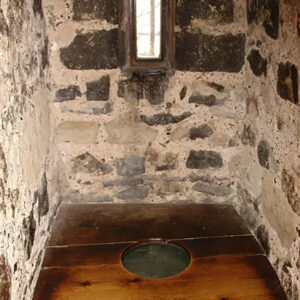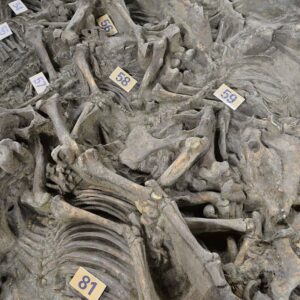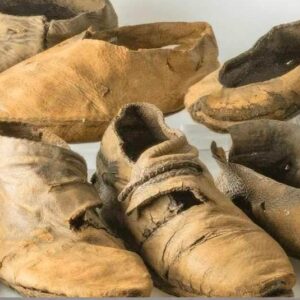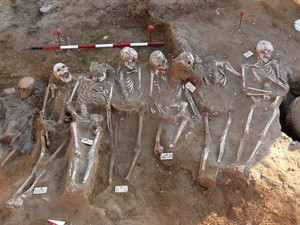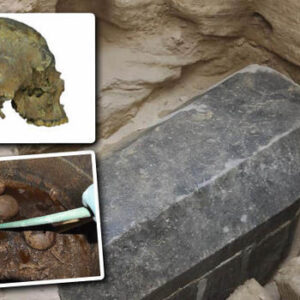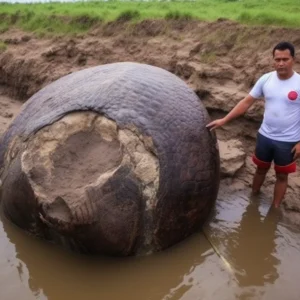A skeleton chained at the neck was unearthed recently, bearing evidence of intentionally inflicted wounds on the spans of many. This macabre discovery has not only captivated the attention of archaeologists but has also left people intrigued by the ancient torture methods it represents.

The skeleton was found during an excavation in a remote archaeological site, buried deep beneath layers of layers of history. The chains that bound its neck were rusted and showed signs of extreme wear, indicating that they had been there for a significant amount of time. The skeleton itself was in a state of remarkable preservation, a testament to the conditions in which it was buried.


As researchers pieced together the puzzle, they turned to historical records and ancient texts to shed light on the possible origins and meanings of this tortured mystery. Their discoveries give an account of a brutal and sadistic era in the region’s history, where torture was employed as a means of punishment and control. Ancient writings speak of a secretive underground society that carried out unspeakable acts of cruelty, tormenting their victims with various torturous techniques.

The discovery of the skeleton chained at the neck aligns disturbingly with these historical accounts. It seems to provide tangible evidence of the existence of such a clandestine group and their horrific practices. Archaeologists are now working tirelessly to unravel the identity of the skeleton and determine if it belonged to a member of this secretive society or one of their unfortunate victims.
The implications of this discovery extend beyond the realm of archaeology. It serves as a stark reminder of humanity’s capacity for darkness and cruelty throughout history. It forces us to confront the unsettling fact that ancient horrors can still echo through time, and their echoes can be felt today. The skeleton acts as a chilling testimony to the suffering endured by individuals who fell victim to the sadistic whims of those in power.

